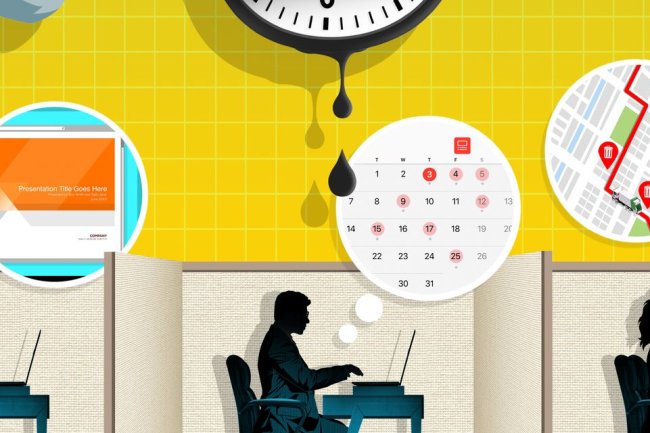Who Could Be Left Behind in the Supreme Court’s Student-Loan Ruling, in Six Charts
By Rosie Ettenheim and Kara Dapena June 29, 2023 5:30 am ET The Supreme Court is poised to rule on the Biden administration’s plan to eliminate as much as $20,000 in federal student debt for millions of borrowers. The forgiveness plan would wipe away an estimated $430 billion in loans from the government’s books. Here are the borrowers who could be most affected. Once payments resume, the typical student-loan payment will be between $210 and $314 a month, according to a new report from .

The Supreme Court is poised to rule on the Biden administration’s plan to eliminate as much as $20,000 in federal student debt for millions of borrowers. The forgiveness plan would wipe away an estimated $430 billion in loans from the government’s books. Here are the borrowers who could be most affected.

Once payments resume, the typical student-loan payment will be between $210 and $314 a month, according to a new report from
.
Overall, more than 40 million borrowers would have qualified for loan forgiveness through a required application. Before legal challenges halted the plan, borrowers in every state were approved for loan cancellation. Big states such as California, Texas, Florida and New York had the most approvals overall. The District of Columbia had the most approvals in proportion to its adult population, followed by Georgia and Ohio.

More than 43 million people collectively owe $1.6 trillion in federal student-loan debt as of March 31, according to the Education Department. The types of loans include Direct Loans, Federal Family Education Loans and Perkins Loans. The overall amount reflects any outstanding principal and interest balances. About half of these borrowers owe less than $20,000.

An age breakdown shows borrowers 24 years old and younger owe $103.4 billion in federal student-loan debt. Three-quarters of these young borrowers owe less than $20,000, and less than 4% owe more than $40,000, as they may still be enrolled in undergraduate or graduate studies or their loans haven’t begun to accrue substantial interest charges. The largest cohort in the Education Department’s data is borrowers ages 25 to 34, and nearly a quarter of them owe more than $40,000. In the next-largest cohort, of borrowers ages 35 to 49, more than one-third owe more than $40,000.

The share of households with student-loan debt more than doubled from 1989 to 2019, according to a Federal Reserve report. About 30% of Black households had student-loan debt in 2019, the most recent year available, compared with about 20% of white households and 14% of Hispanic households.

Among households whose net worth is in the bottom 25%, more than one-third hold student debt, compared with 6% of those in the top 10%, according to the Federal Reserve.

The bipartisan debt-ceiling deal President Biden signed into law this month mandates that student-loan payments resume by Aug. 30. After payments restart, the administration is planning to impose a three-month transition period in which borrowers who miss payments won’t be referred to delinquency, people familiar with the matter said. That timeline could be extended, perhaps as long as a year.
SHARE YOUR THOUGHTS
How have you been affected by the Supreme Court’s student-loan ruling? Join the conversation below.
Write to Rosie Ettenheim at [email protected] and Kara Dapena at [email protected]
What's Your Reaction?













